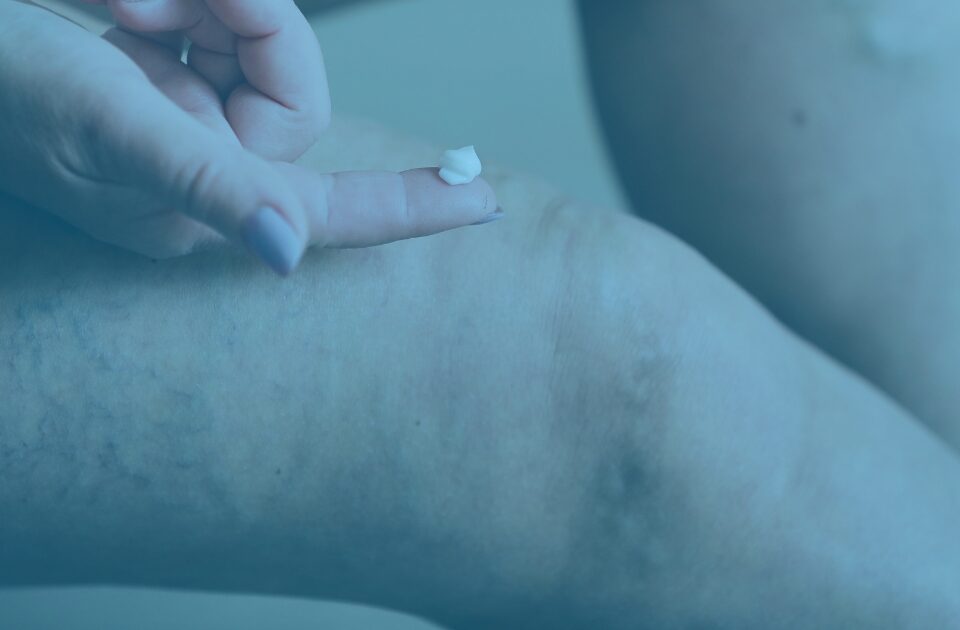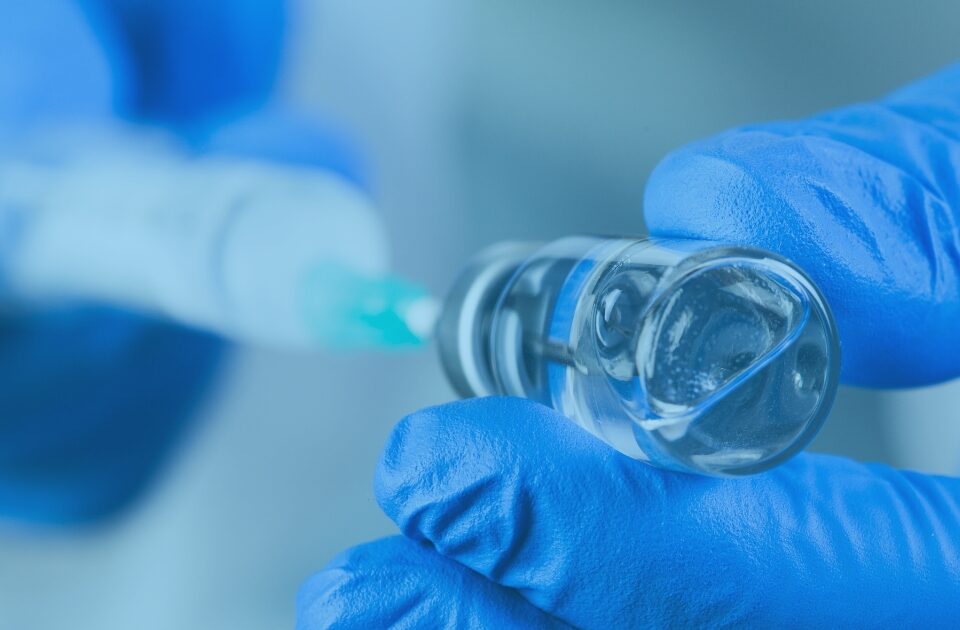
Chronic Diseases: How you can make a difference by participating in Clinical Trials
September 19, 2024
The Importance of Clinical Trials in Advancing Primary Care and Internal Medicine
November 10, 2024Clinical trials are essential to advancing medical science, as they help researchers understand how new treatments, medications, and devices work in people. If you’re considering participating in a clinical trial, it’s important to understand what each phase involves and how they differ in terms of purpose, safety, and effectiveness.
At C&R Research Services USA, we believe in transparency and aim to empower our participants with the knowledge needed to make informed decisions. Here’s a breakdown of the clinical trial phases to guide you through the process and help you understand what to expect at each stage.
Phase I: Safety and Dosage
Purpose: The first phase of a clinical trial focuses on evaluating the safety of a new treatment. Phase I trials typically involve a small group of healthy volunteers (20-80 people) and aim to determine a safe dosage range, identify side effects, and monitor how the body processes the treatment.
What to Expect:
- Participants are closely monitored for any adverse reactions.
- The main goal is to establish the safest dose while identifying any potential side effects.
- These trials typically take a few months to complete.
Phase I trials play a critical role in establishing a solid foundation for further testing. While side effects are closely monitored, participants often benefit from contributing to the early development of potentially life-saving treatments.
Phase II: Effectiveness and Side Effects
Purpose: Phase II trials assess the effectiveness of a treatment in a larger group (typically 100-300 participants) who have the condition being targeted. This phase aims to determine if the treatment works and to gather more detailed information about its safety and potential side effects.
What to Expect:
- Participants will receive the treatment to evaluate how effective it is in managing or treating the specific condition.
- Monitoring continues for both effectiveness and any side effects that may emerge over time.
- This phase often takes several months to two years to complete.
Phase II trials build upon the data collected in Phase I by focusing on how well the treatment works in real patients. Many participants find it rewarding to help researchers understand the benefits and potential risks associated with a new treatment.
Phase III: Confirmation and Comparison
Purpose: This phase involves a much larger group of participants (from 1,000 to 3,000) and is designed to confirm the treatment’s effectiveness, monitor side effects, and compare it to current standard treatments. Phase III trials help gather the evidence needed for regulatory approval by the FDA or similar bodies.
What to Expect:
- Participants may be randomly assigned to receive either the new treatment or a standard treatment (or a placebo in some cases).
- The study lasts longer, often between one to four years, allowing for extensive monitoring of the treatment’s long-term effects.
- Data collected in this phase will determine whether the treatment should move forward for FDA approval.
Phase III trials are critical for bringing new treatments to the market. They provide participants with the opportunity to receive cutting-edge treatments while helping to shape the future of medicine.
Phase IV: Post-Market Safety and Monitoring
Purpose: Phase IV occurs after the treatment has been approved and made available to the public. These studies are conducted to gather additional information on the treatment’s long-term safety, effectiveness, and any potential new uses.
What to Expect:
- Participants receive the treatment in a real-world setting, helping researchers monitor its ongoing safety and efficacy.
- Studies can last several years and involve tracking thousands of people to detect any rare or long-term side effects.
- These trials ensure that approved treatments continue to be safe and effective over time.
Phase IV trials offer an essential safeguard for patients and allow researchers to explore new applications of approved treatments. Participants in Phase IV studies contribute to improving established treatments for future patients.
Why Participate in a Clinical Trial?
Participating in a clinical trial can be a rewarding experience. Not only do participants gain access to new treatments, but they also play a vital role in advancing medical research. At C&R Research Services USA, we prioritize participant safety and ensure that everyone involved is fully informed about each phase of the clinical trial process.
Frequently Asked Questions (FAQs)
1. Are clinical trials safe?
- Each phase of a clinical trial is carefully designed to prioritize participant safety. Clinical trials follow strict ethical guidelines, and all participants provide informed consent before enrolling.
2. Can I leave a clinical trial if I change my mind?
- Yes, participation is voluntary, and participants can withdraw from the study at any time for any reason.
3. Will I be compensated for my participation?
- Many clinical trials offer compensation to participants to cover expenses such as travel, time, and other related costs. Compensation varies depending on the trial and location.
4. What happens if I experience side effects?
- All side effects are documented, and medical teams monitor participants closely. If any serious side effects occur, participants may be asked to stop the treatment for their safety.
Conclusion
Understanding the phases of a clinical trial can help you make an informed decision about participating. Each phase serves a unique purpose in ensuring that treatments are safe and effective for patients. At C&R Research Services USA, we’re here to support you throughout the clinical trial process and answer any questions you may have.
If you’re interested in participating in a clinical trial or want to learn more about the research opportunities available, please contact us or visit our Clinical Trials Page for current study listings.




